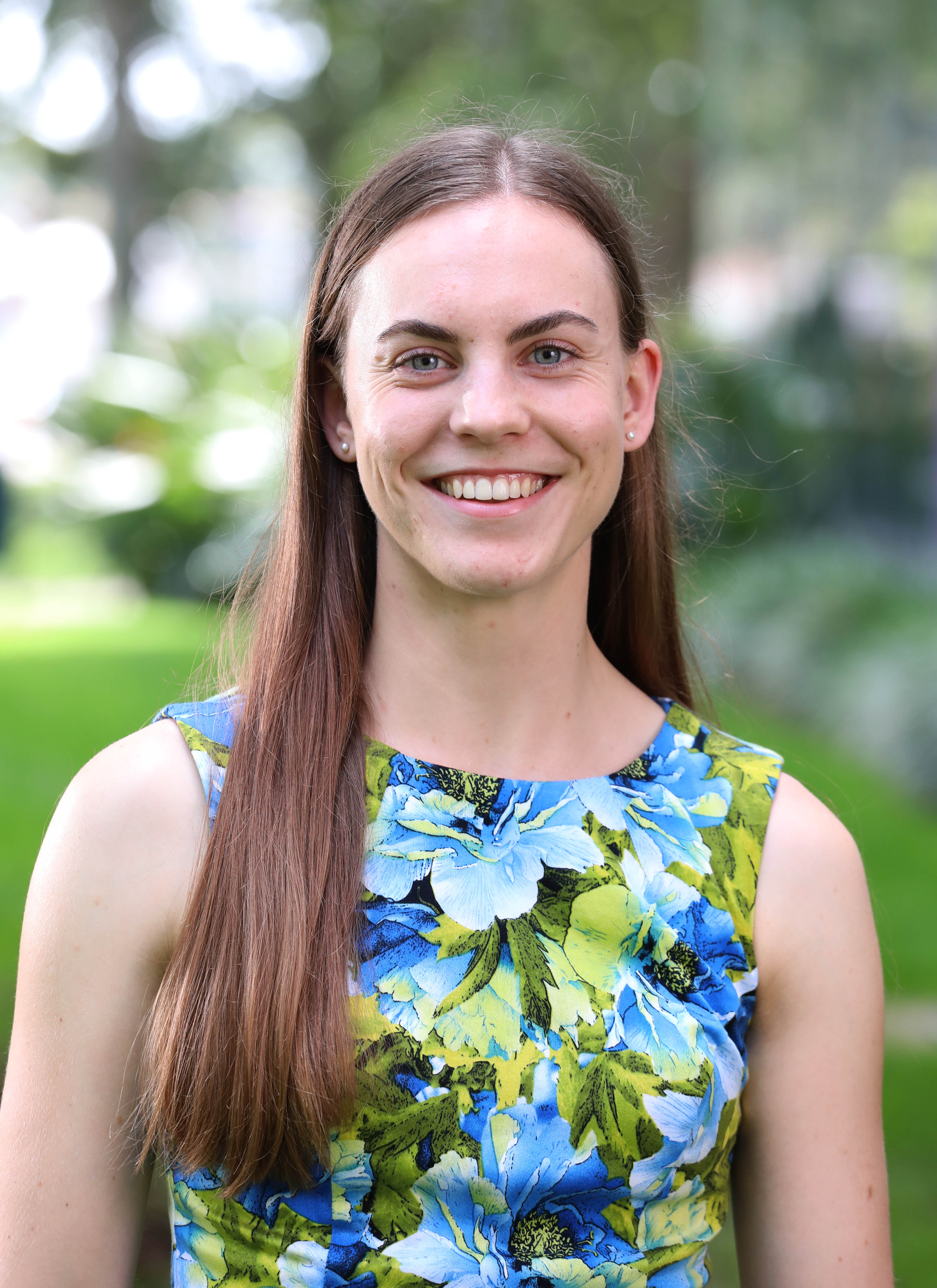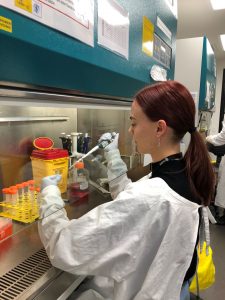By Lisa Nivison-Smith
 After being fascinated by space from a young age, Dr Mireia Montes Quiles is now a researcher at the School of Physics, trying to expand our knowledge of the universe by researching one of its largest components – galaxy clusters. Beyond this, she is breaking common misconceptions about her field, showing that astronomers do not simply stare out of telescopes all day or predict horoscopes. Most importantly, Mireia is inspiring a new generation of female astronomers as our only astronomer in the UNSW Maths and Science Women Champion Program.
After being fascinated by space from a young age, Dr Mireia Montes Quiles is now a researcher at the School of Physics, trying to expand our knowledge of the universe by researching one of its largest components – galaxy clusters. Beyond this, she is breaking common misconceptions about her field, showing that astronomers do not simply stare out of telescopes all day or predict horoscopes. Most importantly, Mireia is inspiring a new generation of female astronomers as our only astronomer in the UNSW Maths and Science Women Champion Program.
1. What is your official title?
I am a Postdoctoral Research Associate in the Astronomy group in the School of Physics at UNSW Sydney.
2. What does your current research focus on?
I am currently focused on understanding clusters of galaxies – the largest structures in the Universe bound by gravity. These clusters are collections of galaxies held together by gravity. We know that large structures form when smaller structures come together and we can see signs of this process if we study the outer parts of galaxies and, like in my case, clusters of galaxies. I study the diffuse light known as intracluster light that can be observed in these outer parts. I use this light as a “report” on what happened in the past to that cluster.
Characterizing this light is quite difficult because it is quite faint and requires a lot of telescope time (this is why we haven’t observed that many clusters). The faint light also means the reduction of the data from all this telescope time has to be very accurate. So I am currently trying to develop methods to reduce data from big telescopes so we can understand better how clusters of galaxies have formed.

3. Why did you become an astronomer?
Whilst I have always been fascinated about space and the universe since I was young, I didn’t necessarily what to “grow up” to be astronomer as I also had a lot of other interests such as history and music. This actually made it very difficult for me to decide what to study at university as I didn’t know which interest I should follow. Eventually I discovered that to study astronomy I needed to study Physics and so, not very convinced, I enrolled in a Bachelor of Physics. After three long semesters at university, I had my first Astronomy class and I absolutely loved it! After that I had no choice but to pursue a career in astronomy.
4. What’s the biggest misconception about your field of research?
One of my favourite misconceptions is from stock photos where ‘astronomers’ are wearing lab coats and also that we spend all our time at a telescope. Whilst some astronomers work in instrumentation and might need lab coats and we do need to go to the telescope to observe from time to time, most of my day is spend in front of a computer in a shirt and jeans. I don’t even own a lab coat! The other common (and most annoying!) misconception is when people confuses astronomy and astrology. Astronomy is a science and Astrology is not!
5. When you are not doing research, what else do you like to do?
I love to dance! I started learning how to bellydance when I was doing my PhD and then afterwards, when I moved to the US to start a post-doc position, I continued to learn, embracing a dance style called American Tribal Style (R). I really love the through dance I have met super strong, beautiful and inspiring women and that is something I really treasure.

6. Why did you join the UNSW Women in Maths and Science Champions Program?
Previously, I have not been involved in many public science events and I was actually a bit afraid of it. So I joined the program as a way to develop more skills to engage with the public. I am so surprised by how rewarding the program is. I have meet some amazing and inspiring colleagues and I love engaging with the community about my research. I particularly like being able to now inspire girls to pursue careers in STEM. Although I have been lucky to have always seen women in Astronomy at all levels, I recently had the “I am the only woman in the room” experience and I can see how important is for young women to see that people like them are successful in STEM careers. If I can make a girl feel that she can do whatever she wants, then I am happy.
Follow Mireia on Twitter
Follow Lisa on Twitter





